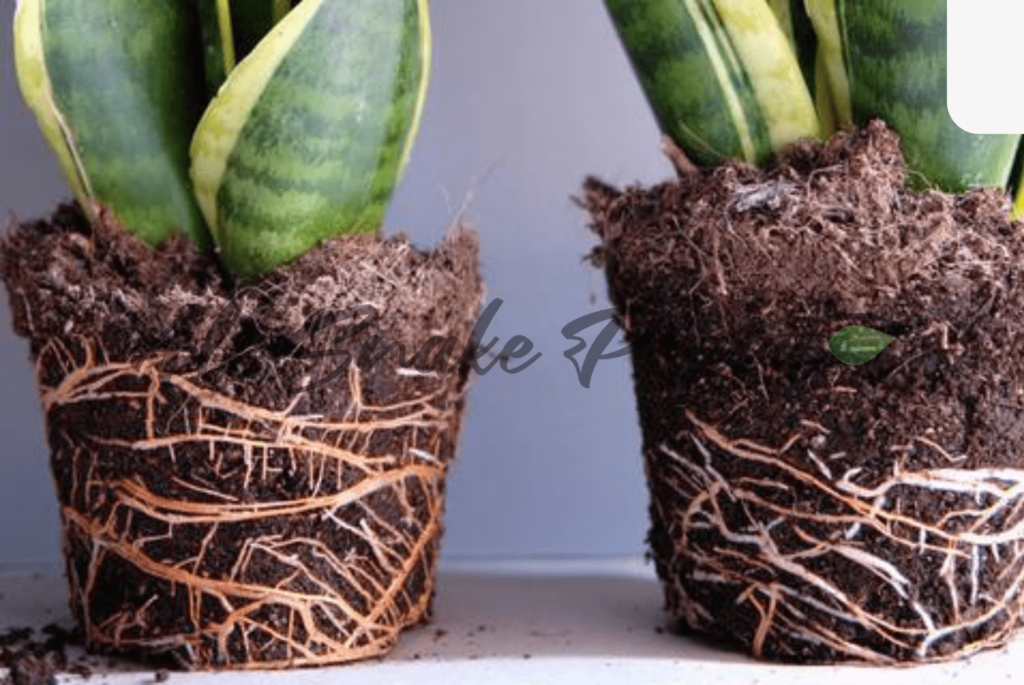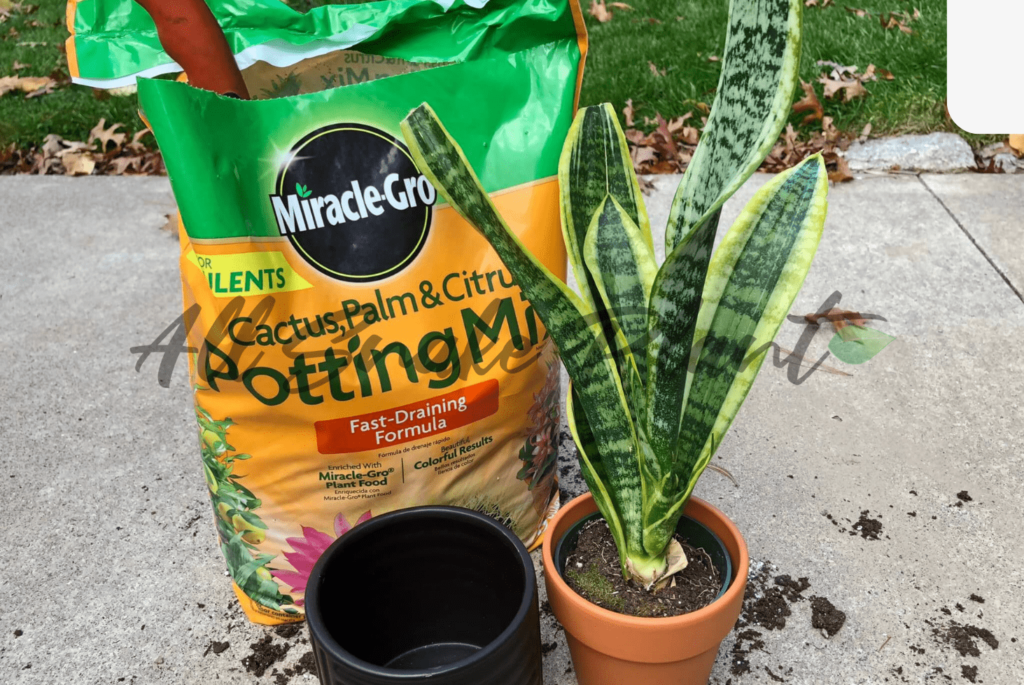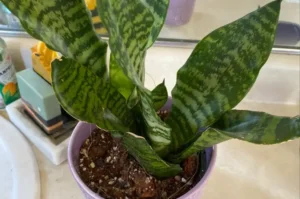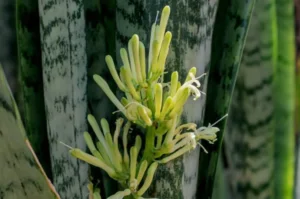Snake plants are practically synonymous with “easy care.” They tolerate low light, infrequent watering, and seem to thrive on neglect. But what about their roots? Do snake plants like to be a little root bound in their pots? Let’s dive into this root-bound mystery!
Is it good for snake plants to be root-bound?
Yes, snake plants can tolerate being slightly root-bound, and in some cases, it can even be beneficial. When slightly root-bound, snake plants may produce more upright and compact growth, as the restricted space encourages leaf development rather than excessive root expansion. However, if they become too root-bound, their growth may slow down, and they might struggle to absorb nutrients and water effectively. To maintain a healthy balance, consider repotting your snake plant every 2–3 years or when you notice roots pushing out of the pot’s drainage holes.
What Is Root Bound?

A root-bound plant is one whose roots have filled up its container, often growing in tight circles around the inside of the pot. You might see roots poking out of the drainage holes, or the plant might start to lift out of its pot as the root ball becomes dense.
Do Snake Plants Need To Be Root Bound?
No, snake plants don’t need to be root bound to survive. They can grow perfectly well in pots with ample space for their roots. However, becoming slightly root bound can trigger certain benefits for these resilient plants.
Why Do Snake Plants Like To Be a Little Root Bound?
Here’s the surprising thing about snake plants:
- Growth Boost: Being a bit root bound can encourage snake plants to produce more pups (baby snake plants) and new leaves. This is because the plant feels a bit of stress and responds by trying to reproduce and spread.
- Sturdier Foliage: Some plant enthusiasts believe that slightly root-bound snake plants develop thicker, stronger leaves.
- Controlled Growth: If you prefer a smaller snake plant, keeping it a bit root bound can help control its overall size.
How Much Root Bound Is OK for Snake Plants?
There’s a sweet spot when it comes to root bound snake plants. You want to see a few roots starting to circle the pot or peek out of the drainage holes, but you don’t want the roots to be completely packed and suffocating. If the plant seems stressed (yellowing leaves, stunted growth), it’s time to give it more room.
What Does Being Root Bound Do to the Plant?
While a little root-bound action is okay, excessively root-bound snake plants can suffer:
- Nutrient Deficiencies: The roots can’t access enough nutrients from the soil.
- Watering Issues: The soil might dry out too quickly or not absorb water well.
- Root Rot: The crowded roots are more prone to rot, especially if overwatered.
- Stunted Growth: Limited root space restricts nutrient uptake and can hinder the plant’s overall growth.
How to Fix a Root-Bound Snake Plant
Repotting is the solution! Here’s a simple guide:

Materials you’ll need:
- A slightly larger pot (1-2 inches wider) with drainage holes
- Fresh, well-draining potting mix
- A sharp knife (optional)
Steps to repotting your snake plant:
- Gently Remove: Carefully remove the snake plant from its old pot. You might need to loosen the soil around the edges first.
- Remove the Plant: Gently take the snake plant out of its current pot. If the plant is tightly stuck, you might need to tap the sides of the pot
- Inspect the roots: Check the root ball for any dead or overly tangled roots. Use a clean, sharp knife or scissors to make cuts if necessary. This will stimulate new growth.
- Repot: Place the plant in its new pot and fill in around the roots with fresh potting mix. Ensure the plant is at the same depth as it was in the old pot.
- Water Thoroughly: Give the plant a good watering to help settle the soil and encourage new root growth.
Care after Repotting:
Place your repotted snake plant in a bright spot with indirect sunlight. Water only when the top inch of soil feels dry to the touch. Avoid fertilizing for a few weeks to allow the roots to recover.
Frequently Asked Questions (FAQs):
How often should I repot my snake plant?
Generally, every 2-3 years is a good guideline. However, if you notice signs of being root bound sooner, don’t hesitate to repot.
What type of soil is best for snake plants?
Well-draining potting mixtures with perlite or sand are recommended to prevent waterlogging and root rot.
SEO Managed by Muhammad Uzair






